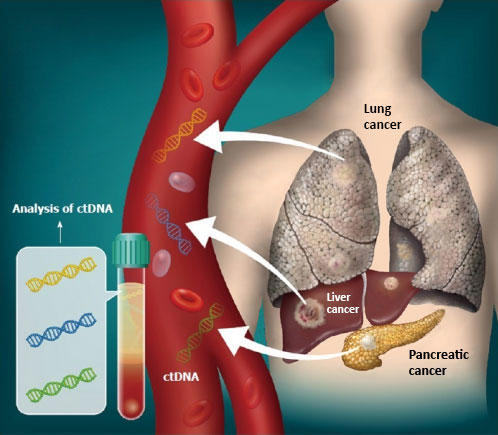Cambridge, MA, May 28 — Insilico Medicine ("Insilico"), in collaboration with research partner at Huadong Medicine Company, today announced the discovery of novel small-molecule inhibitors that potently target the WD Repeat-Containing Protein 5 (WDR5)-MYC protein–protein interaction, leveraging Insilico's pioneering generative artificial intelligence (AI) and physics-based molecular modeling module. The research was published on Chemical Biology & Drug Design .
The MYC protein is a well-established driver in up to 70% of human cancers, but has long been considered "undruggable" due to the absence of suitable binding pockets for high-affinity small molecule inhibitors. However, recent research has revealed that the interaction between MYC and WD repeat-containing protein 5 (WDR5) is essential for MYC's oncogenic activity, thereby presenting a promising new therapeutic target for drug development.
The research team initially utilized the generative AI-powered Chemistry42 platform to generate small molecule inhibitors targeting WDR5. By applying ligand-based molecule generation techniques and incorporating anchor points to preserve crucial pharmacophores, the team discovered compound 8 (IC50 = 16.35 μM) and compound 9 (IC50 = 1.91 μM). Both compounds demonstrated significantly improved inhibitory activity compared to the reference compound (IC50 = 20.86 μM).
They further refined these Hit compounds to create lead compounds with sub-micromolar binding affinity with support from Chemistry42's physics-based tool, AlChemistry. Notably, one lead compound among them, named 9c-1, demonstrated a 35-fold enhancement in activity compared to compound 3, achieving sub-micromolar binding affinity. This molecule marks a significant advancement and serves as a promising candidate for the development of effective WDR5-MYC protein–protein interaction (PPI) inhibitors for therapeutic applications
"The research once again demonstrates how our AI-powered platforms can rapidly unlock new possibilities in drug discovery, especially for targets previously deemed undruggable," said Xiao Ding, PhD, Head of Chemistry & DMPK and Senior Vice President of Medicinal Chemistry at Insilico Medicine. "This positive result from the research highlights not only the power of the generative chemistry module combined with the physics-based modeling module, but also its real potential to translate cutting-edge science into promising therapeutic candidates for patients with high unmet medical needs."
Insilico first described the concept of using generative AI for the design of novel molecules in a peer-reviewed journal in 2016, then continued to develop the commercially available Pharma.AI platform. By integrating cutting-edge AI and automation technologies, Insilico Medicine has achieved significant efficiency gains in early drug discovery and development process compared to traditional drug discovery methods, which typically take 2.5–4 years. As announced in recent key timeline benchmarks for its 22 internal drug candidate programs from 2021 to 2024, Insilico has demonstrated remarkable performance, with an average timeline to DC of just 12–18 months, 60–200 molecules synthesized and tested per program.
About Insilico Medicine






